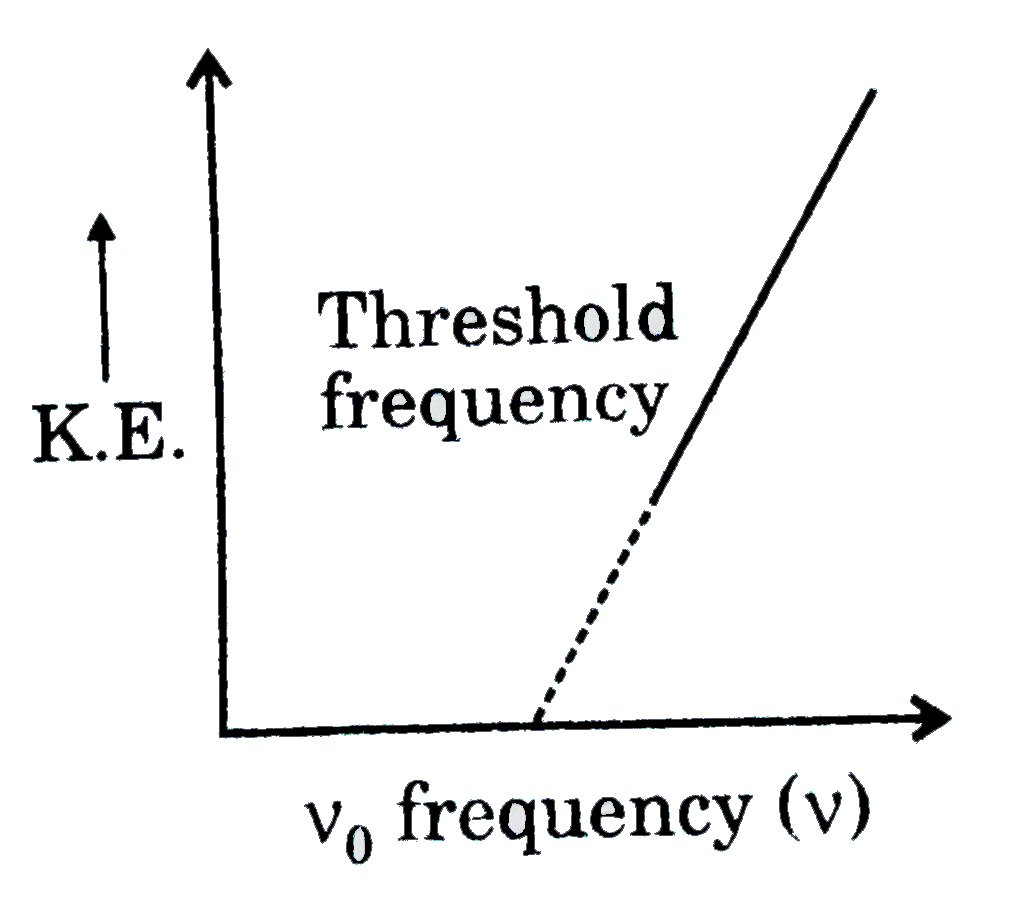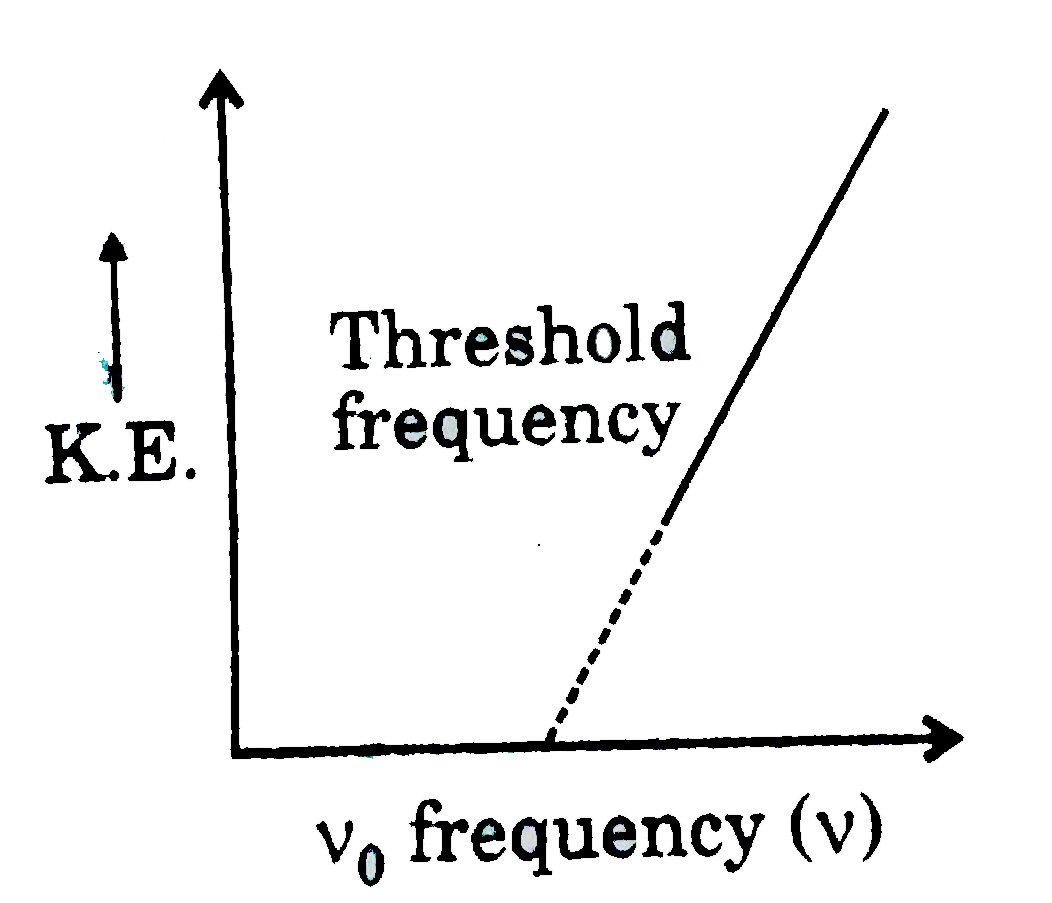Explain how an electron can be considered to have a particle as well as a wave nature. Using Planck's equation, E=hv and Einstein's equation E=mc2, deduce de Broglie relation for a photon.
Step by step video & image solution for Explain how an electron can be considered to have a particle as well as a wave nature. Using Planck's equation, E=hv and Einstein's equation E=mc^(2), deduce de Broglie relation for a photon. by Chemistry experts to help you in doubts & scoring excellent marks in Class 11 exams.
Updated on:21/07/2023Similar Questions
Which of the following relate to wave nature of light or particle nature or both ?
(a) Interference (b) Diffraction (c) Photoelectric effect (d) Black body radiation
(e) Planck's equation, E = hv (f) Einstein equation, E=mc2
View SolutionAccording to Louis de Broglie, a French physicist, every moving material particle has a dual nature i.e., wave and particle nature. The two characters are co-related by de Broglie relation λ=hmυ(p). Here λ represents wave nature while p or mυ accounts for the particle nature. Since h is constant , the two characters are inversely proportional to each other. This relationship or equation is valid mainly for microscopic particles such as electrons, protons, atoms, ions, molecules etc. It does not apply to semi-micro or micro particles.
If travelling at equal speeds, the longest wavelength of the following matter waves is for
View Solution
Knowledge Check
In the photoelectric effect the eletrons are emiited intantaneously from a given matal plate when it is irradiated with radiation of frequency equal to or greater then some minimum ferquency, is called the threshold frequency.According to Planck's idea, light may be considered to be made up discrete particles called photons.Each photon carries energy equal ti hv.When this photon cllides with the electron of the metal, the electron acquires energy of the emitted electron is given by :
hv=K.Emaximum+PE=12mu2+PE
If the incident rediation is of threshold frequency the electron will be emitted without any kinetic energy
i.e hv0
∴12mu2=hv−hv0
A plot of kinetic energy of the emitted electron versus frequency of the incident radiation yields a straight line given as :

A beam of white light is dispersed into its wavelenght components of potassium metal. What of the electron emitted by the different light component ?ABlue gtgreen gt orange gt yellowBViolet gt blue gt orange gt redCyellow gt green gt blue gt voiletDOrange gt yellow gt blue gt voiletIn the photoelectric effect the eletrons are emiited intantaneously from a given matal plate when it is irradiated with radiation of frequency equal to or greater then some minimum ferquency, is called the threshold frequency.According to Planck's idea, light may be considered to be made up discrete particles called photons.Each photon carries energy equal ti hv.When this photon cllides with the electron of the metal, the electron acquires energy of the emitted electron is given by :
hv=K.Emaximum+PE=12mu2+PE
If the incident rediation is of threshold frequency the electron will be emitted without any kinetic energy
i.e hv0
∴12mu2=hv−hv0
A plot of kinetic energy of the emitted electron versus frequency of the incident radiation yields a straight line given as :

The number of photoelectrons emitted depends upon :AThe intensity of the incident radiationBThe frequency of incident radiationCthe product if intensity and frequency of incident radiationDNone of the aboveAccording to Louis de Broglie, a French physicist, every moving material particle has a dual nature i.e., wave and particle nature. The two characters are co-related by de Broglie relation λ=hmυ(p). Here λ represents wave nature while p or mυ accounts for the particle nature. Since h is constant , the two characters are inversely proportional to each other. This relationship or equation is valid mainly for microscopic particles such as electrons, protons, atoms, ions, molecules etc. It does not apply to semi-micro or micro particles.
For particles having same kinetic energy , the de Broglie wavelength is :Adirectly proportional to velocityBinversely proportional to velocityCindependent of velocity and massDmeaningless
According to Louis de Broglie, a French physicist, every moving material particle has a dual nature i.e., wave and particle nature. The two characters are co-related by de Broglie relation λ=hmυ(p). Here λ represents wave nature while p or mυ accounts for the particle nature. Since h is constant , the two characters are inversely proportional to each other. This relationship or equation is valid mainly for microscopic particles such as electrons, protons, atoms, ions, molecules etc. It does not apply to semi-micro or micro particles.
Which of the following is not correct ?
View SolutionAn electron, a proton and an alpha particle have kinetic energy of 16E,4E and E respectively. What is the qualitavtive order of their de Broglie wavelengths :-
View SolutionDual nature of matter was proposed by de Broglie in 1923, it was experimentally verified by Davisson and Germer by diffraction experiment. Wave character of amtter has significance only for microscopic partiles. De Broglie wavelength or wavelength of matter wave can be calculated using the following relation:
λ=hmv
Where, 'm' and 'v' are te mass and velocity of the particle. de Broglie hypothesis suggested that electron waves were being diffracted by the target, much as X-rays are diffracted by planes of atoms in the crystals.
Q. de Broglie equation is obtained by combination of which of the following theories?
View SolutionThe French physical Louis de Broglie in 1924 postulated that matter, like radiation, should exhibit a dual behaviour. He proposed the following relationship between the wavelength λ of a material particle, its linear momentum p and planck constant h.
λ=hp=hmv
The de Broglie relation implies that the wavelength of a particle should decrease as its velocity increases. It also implies that for a given velocity heavier particles should have shorter wavelength than fighter particles.The wave associated with particles in motion are called matter waves or de Broglie waves.These waves differ from the electromagnetic waves as they
(I)have lower velocities
(II)have no electrical and magnetic fields and
(III)are not emitted by the particle under consideration
The experiment confirmation of the de Broglies relation was obtained when Davisson and Germer, in 1927, observed that a beam of electrons is diffrated by a nickel crystal.As diffraction is a characteristic property of waves hence the beam of electron behaves as a wave, as proposed by de broglie.
Using Bohr's theory, the transition, so that the electrons de-Broglie wavelength becomes 3 times of its orginial value in He+ ion will be
View SolutionThe French physical Louis de Broglie in 1924 postulated that matter, like radiation, should exhibit a dual behaviour. He proposed the following relationship between the wavelength λ of a material particle, its linear momentum p and planck constant h.
λ=hp=hmv
The de Broglie relation implies that the wavelength of a particle should decrease as its velocity increases. It also implies that for a given velocity heavier particles should have shorter wavelength than fighter particles.The wave associated with particles in motion are called matter waves or de Broglie waves.These waves differ from the electromagnetic waves as they
(I)have lower velocities
(II)have no electrical and magnetic fields and
(III)are not emitted by the particle under consideration
The experiment confirmation of the de Broglies relation was obtained when Davisson and Germer, in 1927, observed that a beam of electrons is diffrated by a nickel crystal.As diffraction is a characteristic property of waves hence the beam of electron behaves as a wave, as proposed by de broglie.
De-Broglie wavelength of an electron travelling with speed equal to 1% of the speed of light
View Solution
